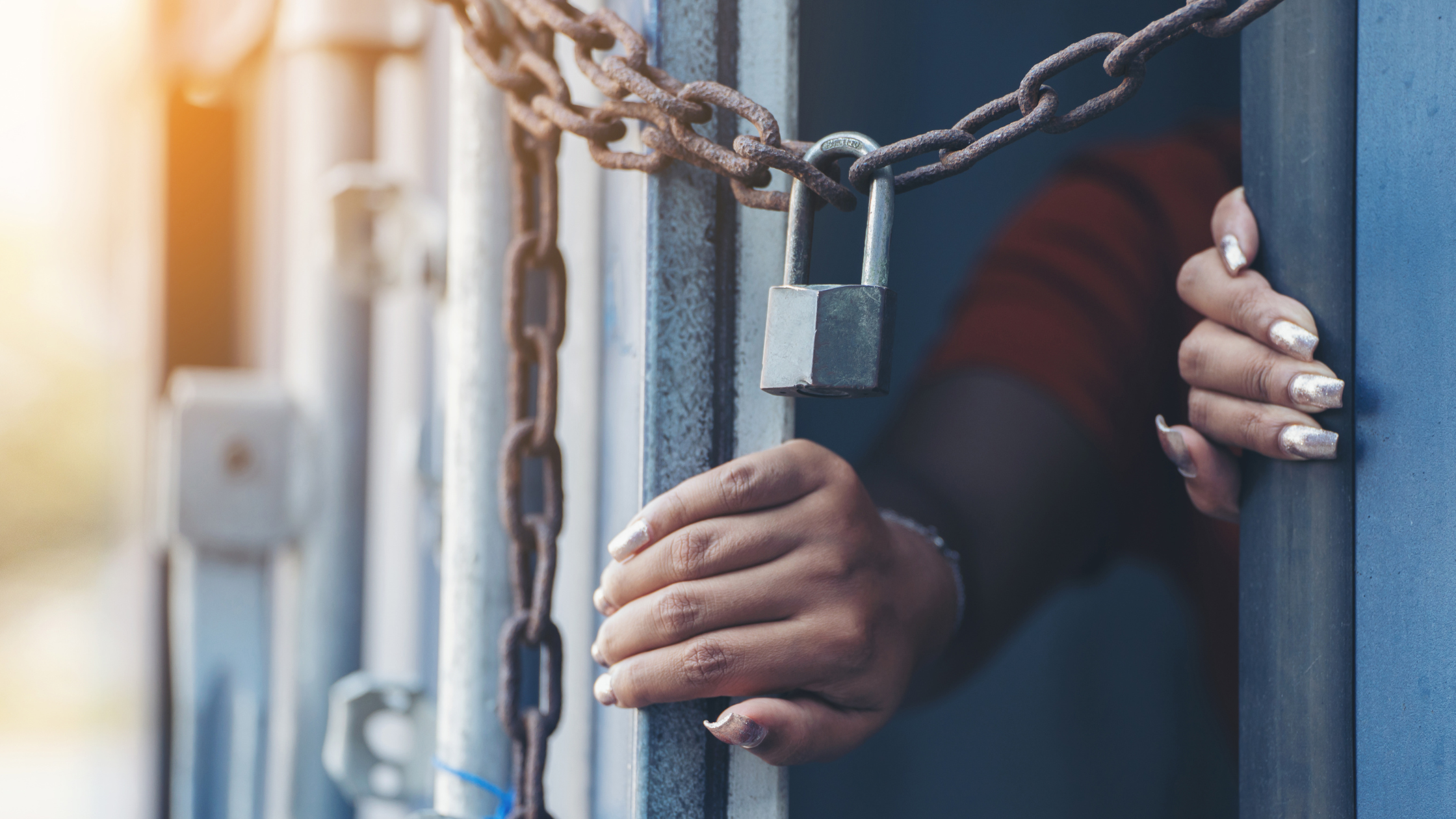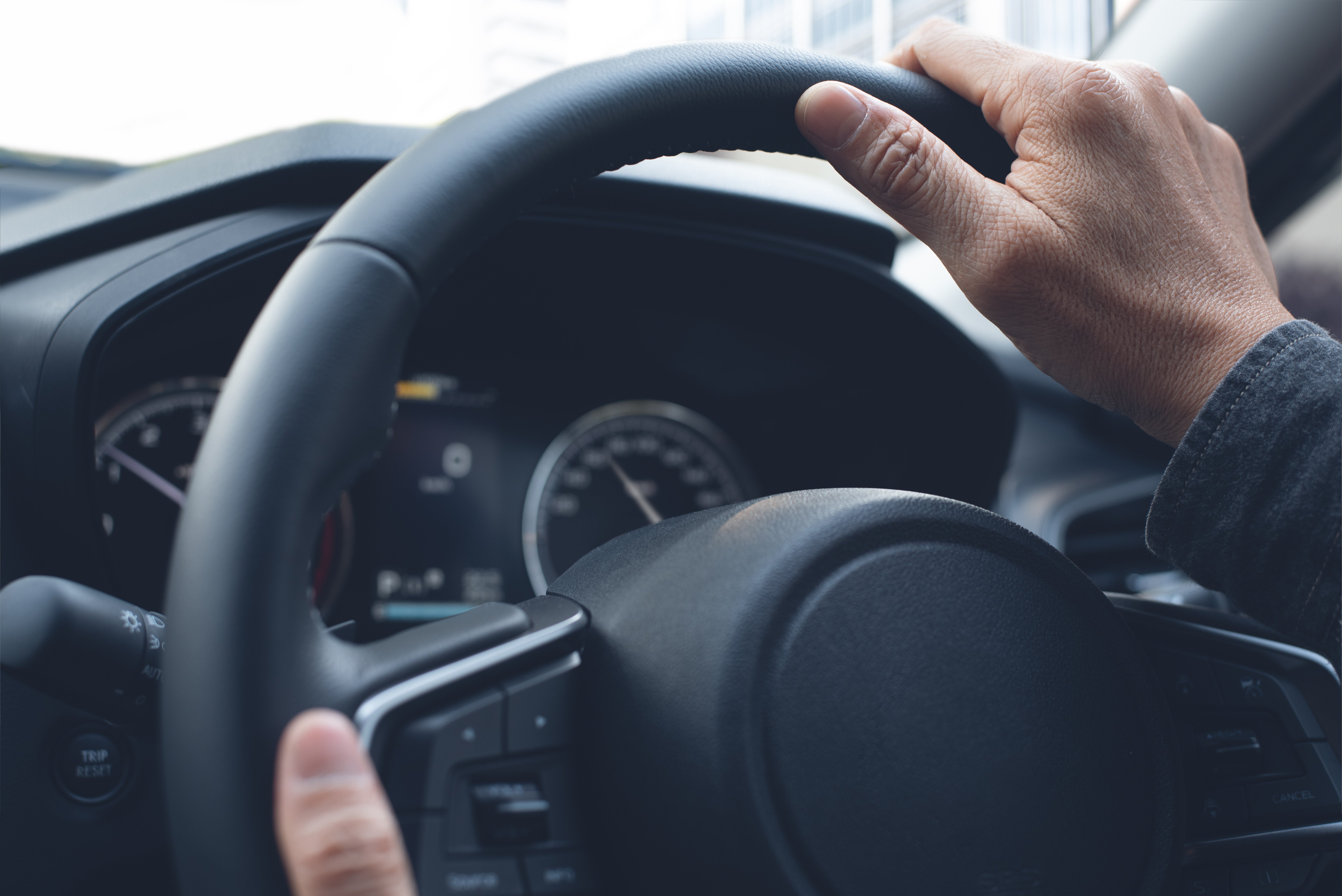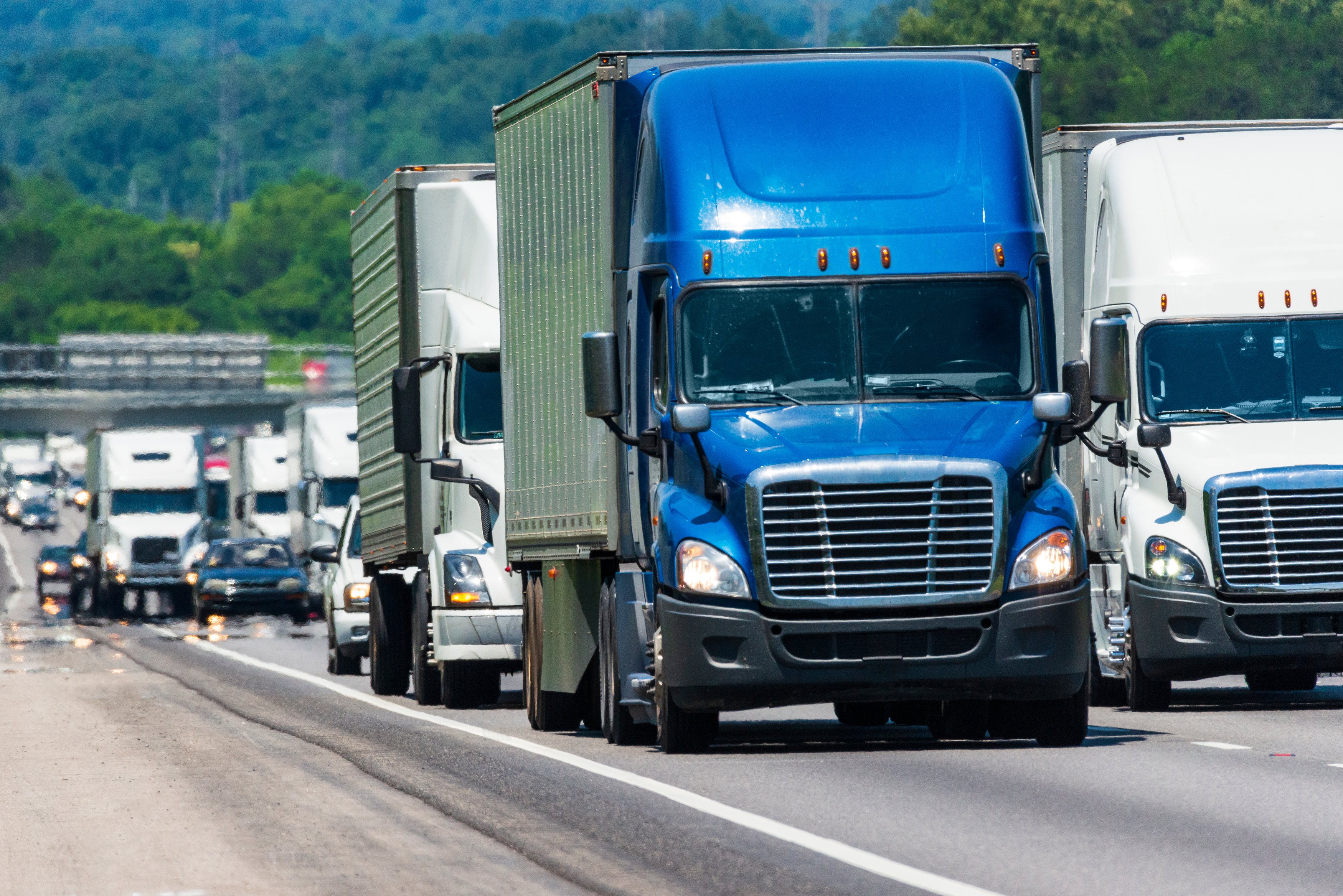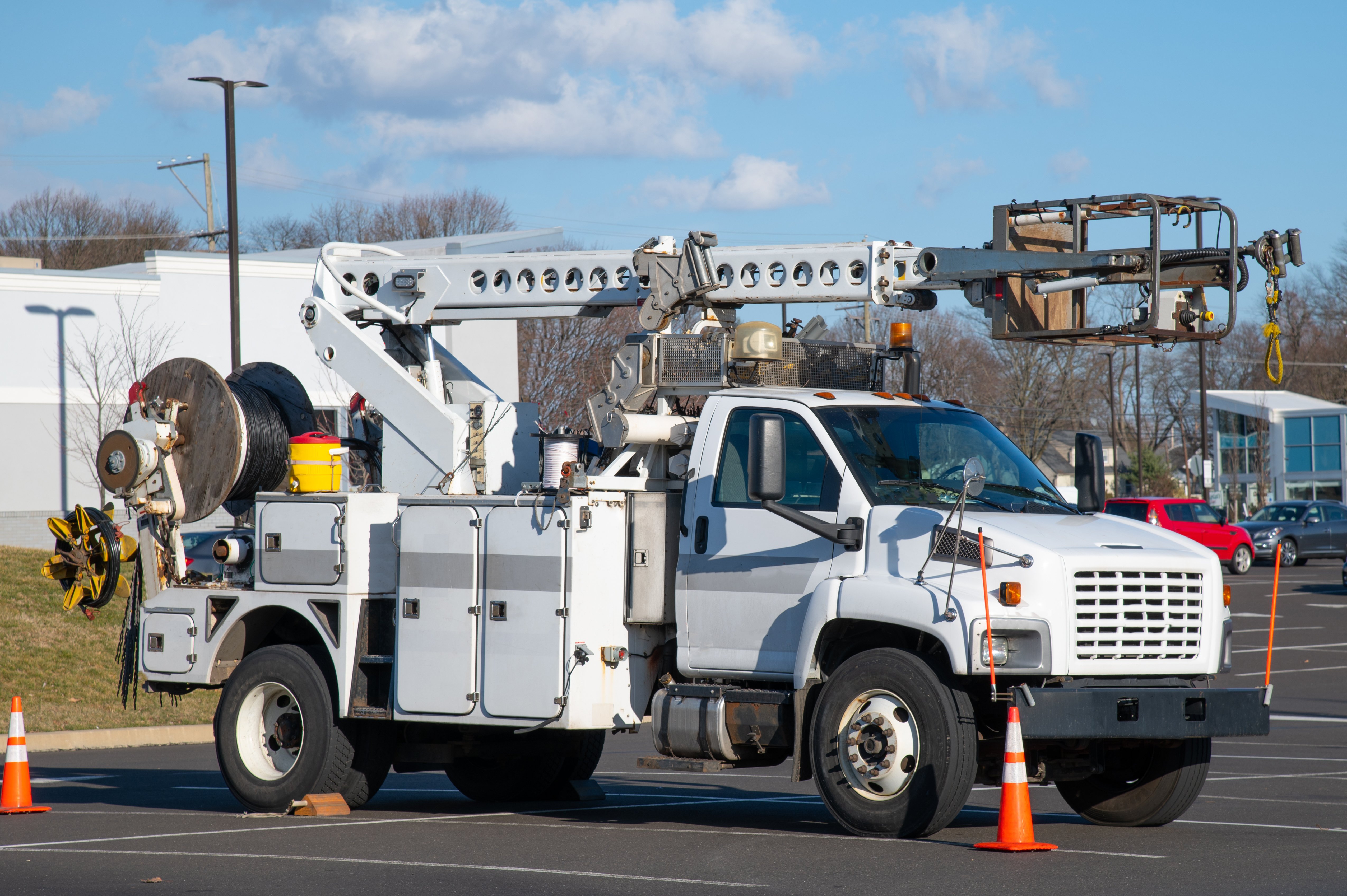
Human trafficking has been called an "invisible crime." It refers to buying, selling, harboring, and often transporting human beings for forced labor (involuntary servitude) or sexual slavery. Victims are hidden in plain sight all around us, and if we know the signs to look out for, we can all help the authorities work against this heinous crime.
Traffickers might work alone or belong to large criminal networks and organized crime operations. They use the power of threat, force, abduction, fraud, and deception to steal a person's freedom.
While you might have a picture in mind of what a victim of trafficking looks like, it isn't limited to race, gender, ethnicity, or age. Twenty-five million men, women, and children are trafficked worldwide each year, and human trafficking has turned into a $32 billion industry.
Many factors make it difficult or impossible for victims to seek help:
- They might not see themselves as victims of a crime. Instead, they might think they are criminals because of the type of work they are forced into.
- They might fear reprisal if they try to escape or report the crime.
- Some victims don't realize they are being trafficked, especially if they trust the trafficker or believe they are helping to support their family.
- The victim might fear deportation or arrest. They may also be addicted to drugs and reliant on the trafficker as a supplier.
- The victim can feel humiliated; even though it's not their fault, they might be made to believe it is.
By knowing the signs to recognize and learning when and how to call authorities, you can be a victim's best hope for rescue.
Who Are The Targets of Trafficking?
Traffickers look for vulnerable people who they can control. It's essential to recognize that traffickers aren't always strangers. Many know the victim or the victim's family.
According to the NSVRC, most sex trafficking victims are recruited through intimate partners and family members. This targeting happens through trust and a false sense of security and love.
Targeting can be opportunistic. For example, when a child is separated from their trusted adults. While children are often told not to talk to strangers, they are vulnerable to the authority an adult represents. Traffickers may know how to win the trust and look respectable to onlookers.
Victims might be desperate to support their families and are often targeted with job offers and false promises of a better life for themselves and their families.
Who is at Risk of Human Trafficking?
Traffickers look for vulnerable people who are less likely to speak out and seek to isolate victims from support networks and families.
At-risk groups can include:
- Immigrants with or without authorization
- Runaways, homeless youth, and children in foster care
- Individuals with disabilities
- Low-income or impoverished people
- Victims of physical/sexual abuse
- Drug addicts and alcoholics
- LGBTQIA+ people
- People with juvenile or criminal records
Trafficking and the Transportation Industry
Traffickers and victims rely on transportation services, most notably escort services like taxis, rideshares, and rentals. Air and train travel is also common for cross-country and international travel.
Because of the significant role the transportation industry plays in human trafficking, drivers need to understand how to identify and respond to human trafficking. Drivers can also be allies to victims trying to escape a dangerous situation.
According to the human trafficking prevention nonprofit Polaris, “Many victims may need to use a bus or rideshare vehicle to leave their trafficker and unfortunately they may not be able to afford one or company policies such as needing an ID to access a ticket may prevent them from escaping their trafficker. Bus and truck drivers have become a critical resource in identification as well as access and support.”
How to Spot a Trafficking Victim
No universal signs indicate someone is a victim of human trafficking. Instead, they deliberately blend in, often looking and acting like non-victims. They are unlikely to call attention to themselves, so they can be easy to overlook.
But despite all of this, there are red flags to look and listen out for. Traffickers rely on us to look past their victims in everyday life, so the place to start is by noticing the people around us. Traffickers are commonly located in or around truck stops, hotels or motels, airports, train stations, and bus stops.
Potential Red Flags
A victim of human trafficking might show signs of:
- Confusion about their location and the date
- Sudden or dramatic behavior change
- Restraint bruising, branding scars, or ownership tattoos
- Signs of physical neglect, such as nutritional, medical, or sleep deficiencies
How To Talk To Someone You Suspect is a Victim of Human Trafficking
Fear, psychological pressure, and manipulative control mean victims of human trafficking don't make it easy for people to help them.
When talking to someone you suspect is a victim of human trafficking, don't pepper them with questions or ask for too much information. Build rapport and pay attention when they talk. Wait for them to offer clues or information. Show interest without prying.
Remember that victims of trafficking have learned to be wary of trusting people. The fear of reprisal from the trafficker may overshadow the desire for help.
How and When to Report Human Trafficking
Law enforcement and others working against human trafficking need your help. So don't wait to call. Every moment matters to a trafficking victim.
- If you witness a sudden emergency (e.g. someone being forced into a vehicle), report it immediately.
- Observe suspicious behavior until you are certain something is wrong, at which point you should report your suspicions to authorities.
- Don't attempt to rescue a victim by yourself. This could put both of you at greater risk of harm. Instead, get out and call the authorities immediately.
- Don't confront the trafficker(s) because it puts you and the victim in danger and can threaten future prosecution.
- Protect a child if possible and safe, but use caution and always alert security or law enforcement so they can handle the situation how they are trained.
Contact the 24/7 National Human Trafficking Hotline (NHTH) and/or local law enforcement with your suspicions. Don't worry about being wrong. Help is available in over 200 languages, and you can remain anonymous.
The National Human Trafficking Resource Center helps identify and coordinate with local organizations to protect and serve trafficking victims. Call them at (888) 373-7888.









